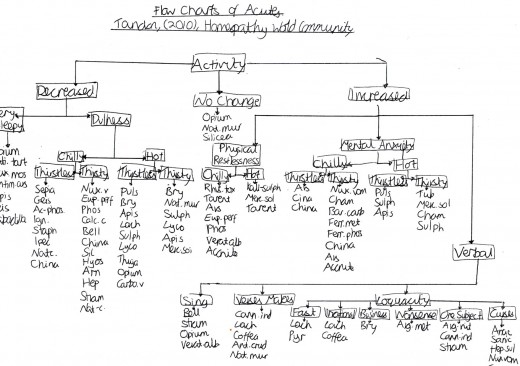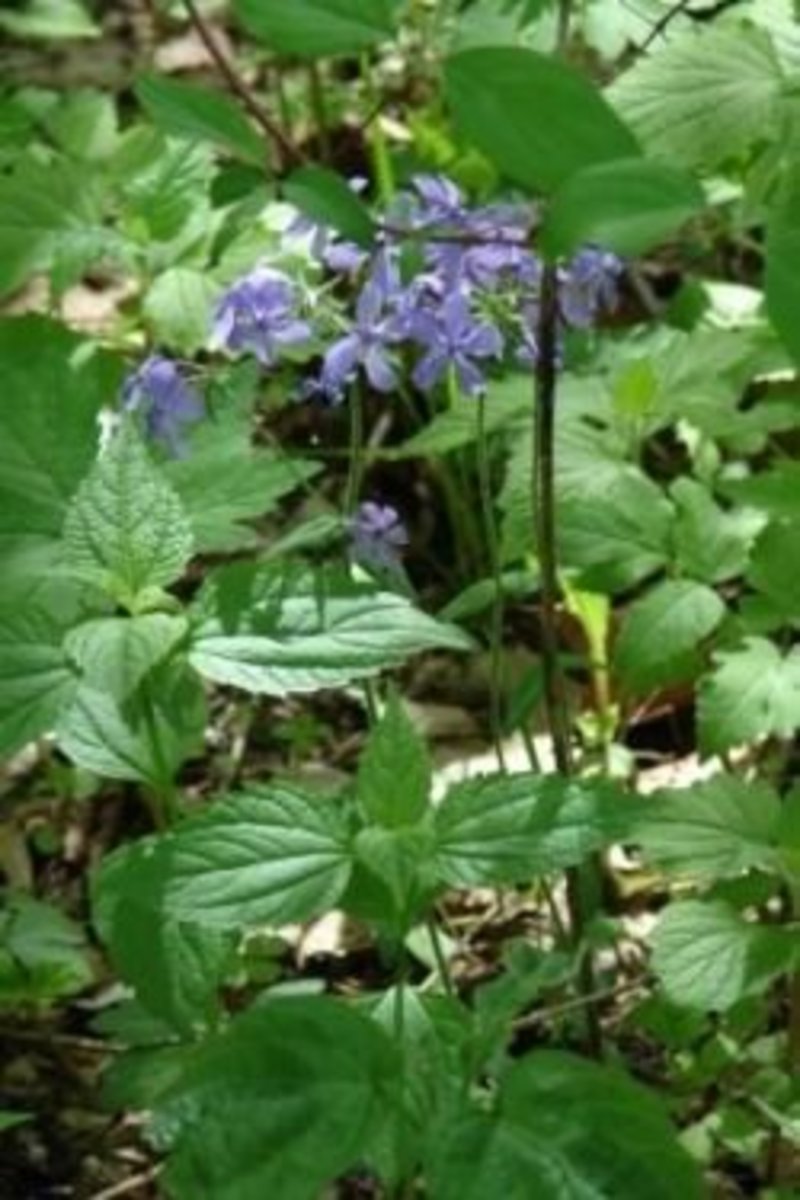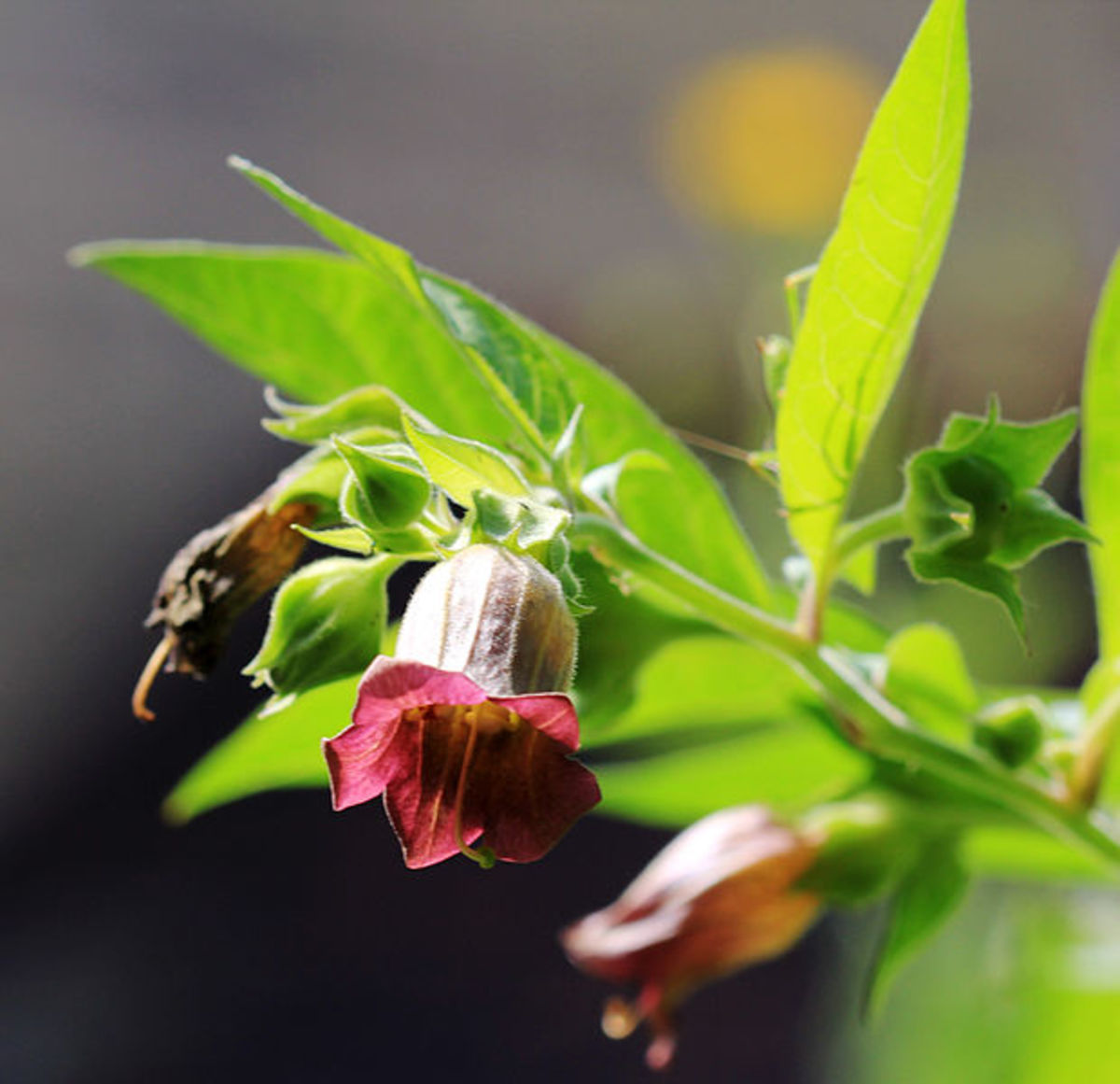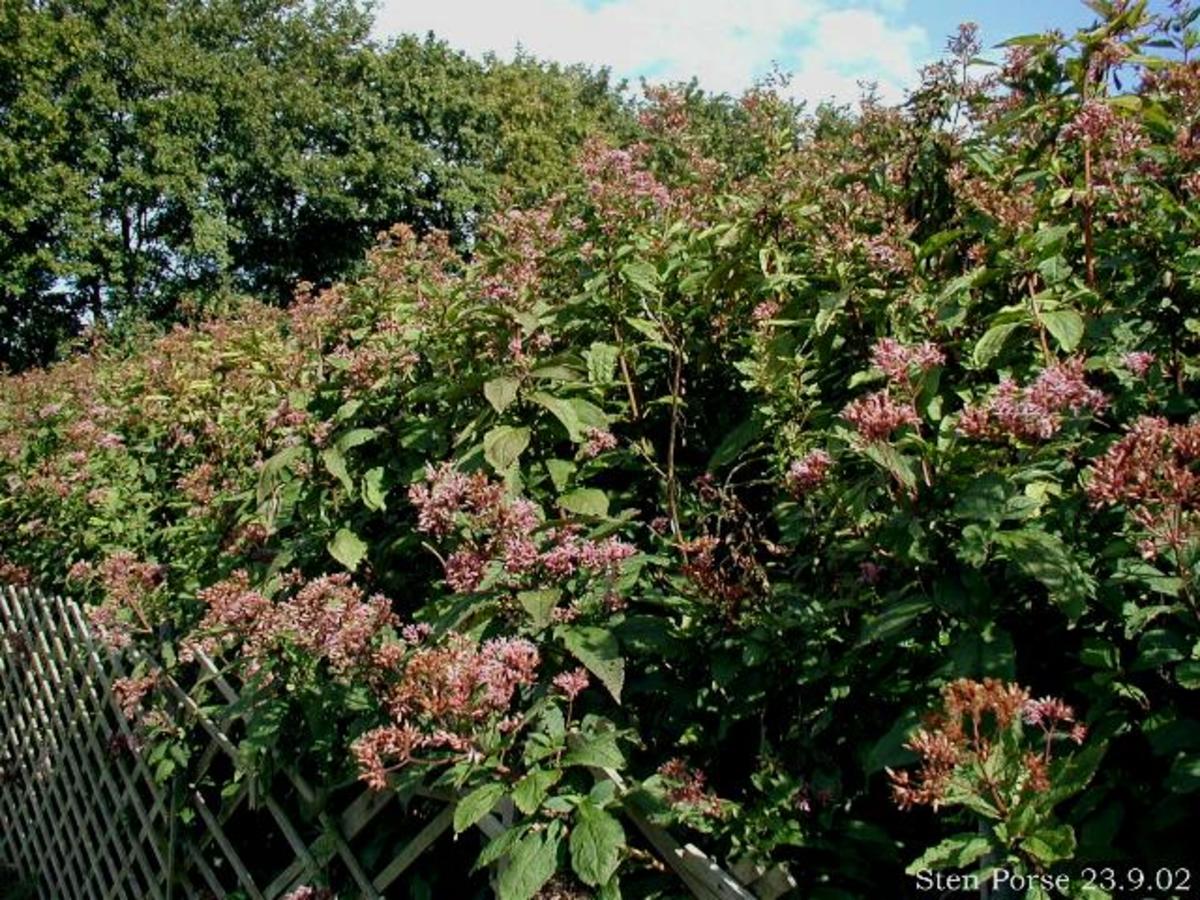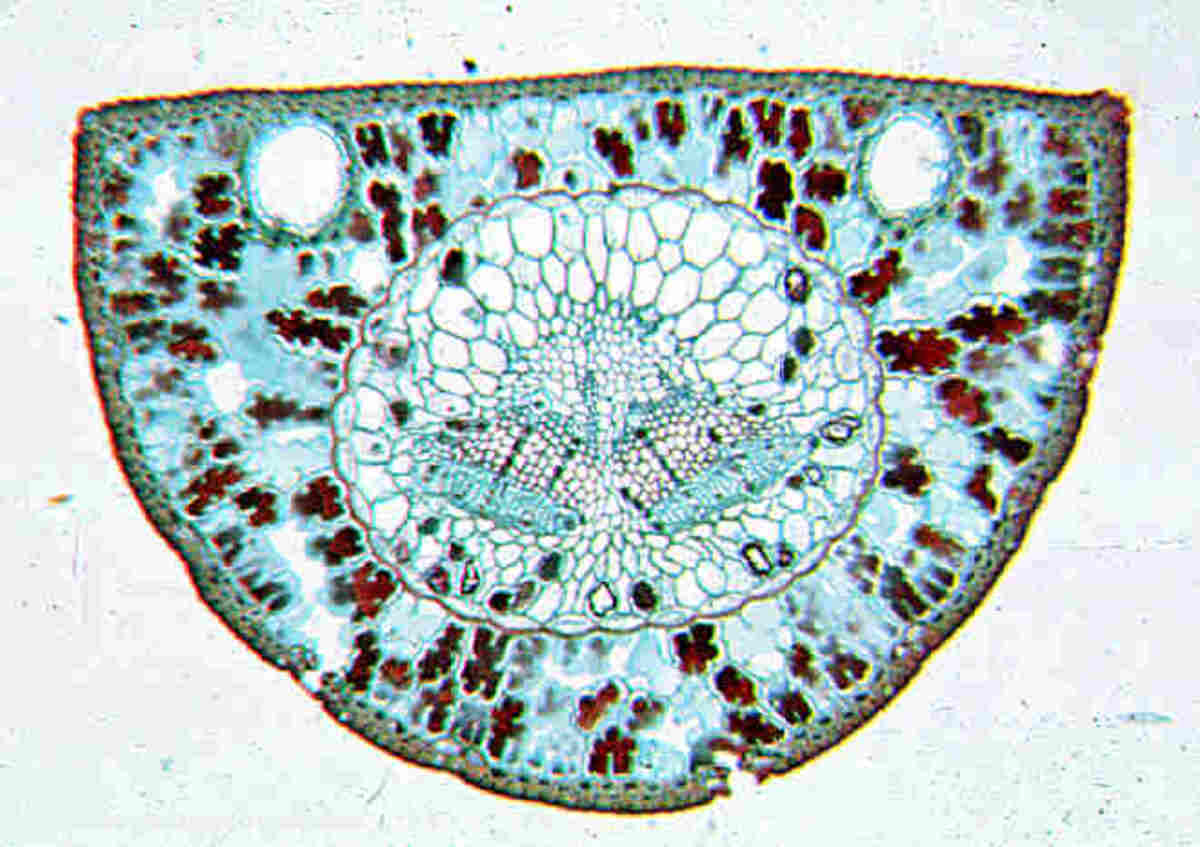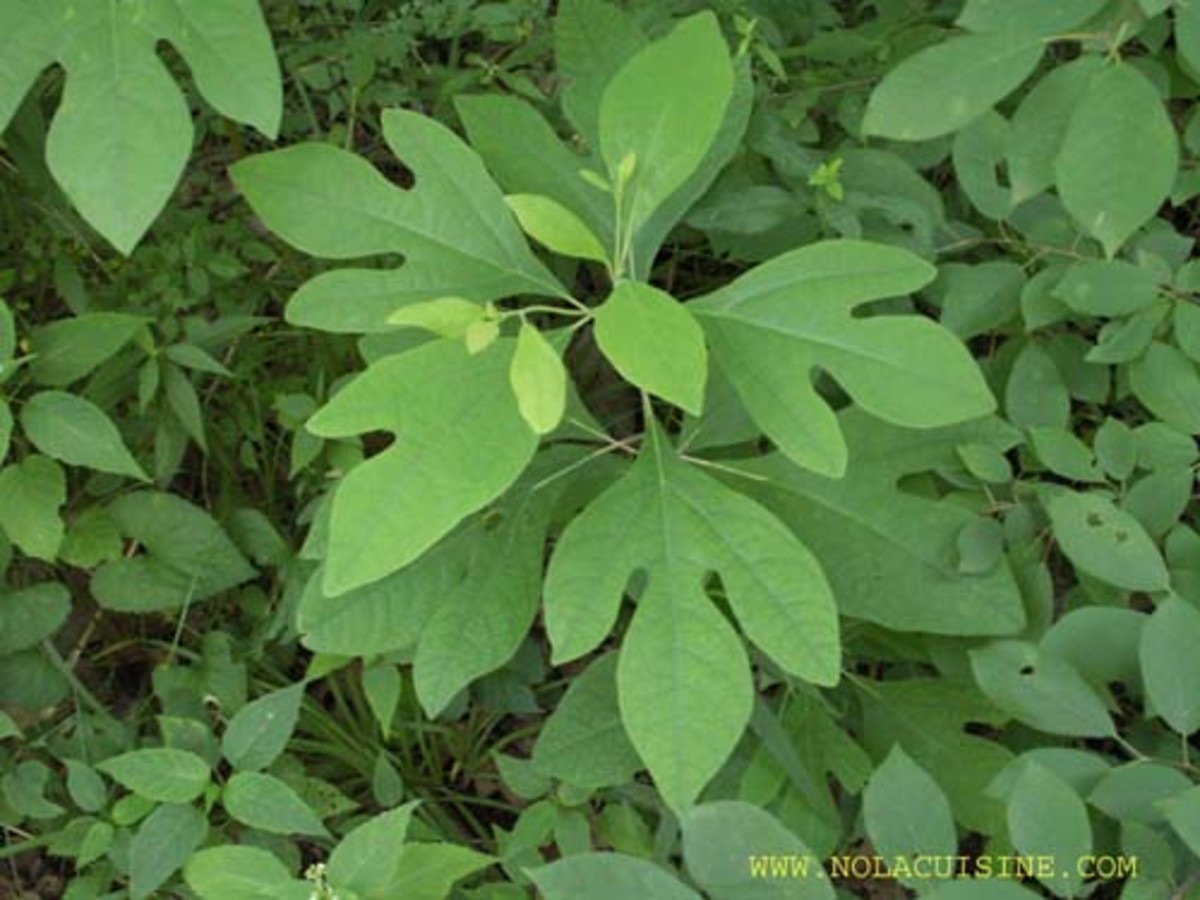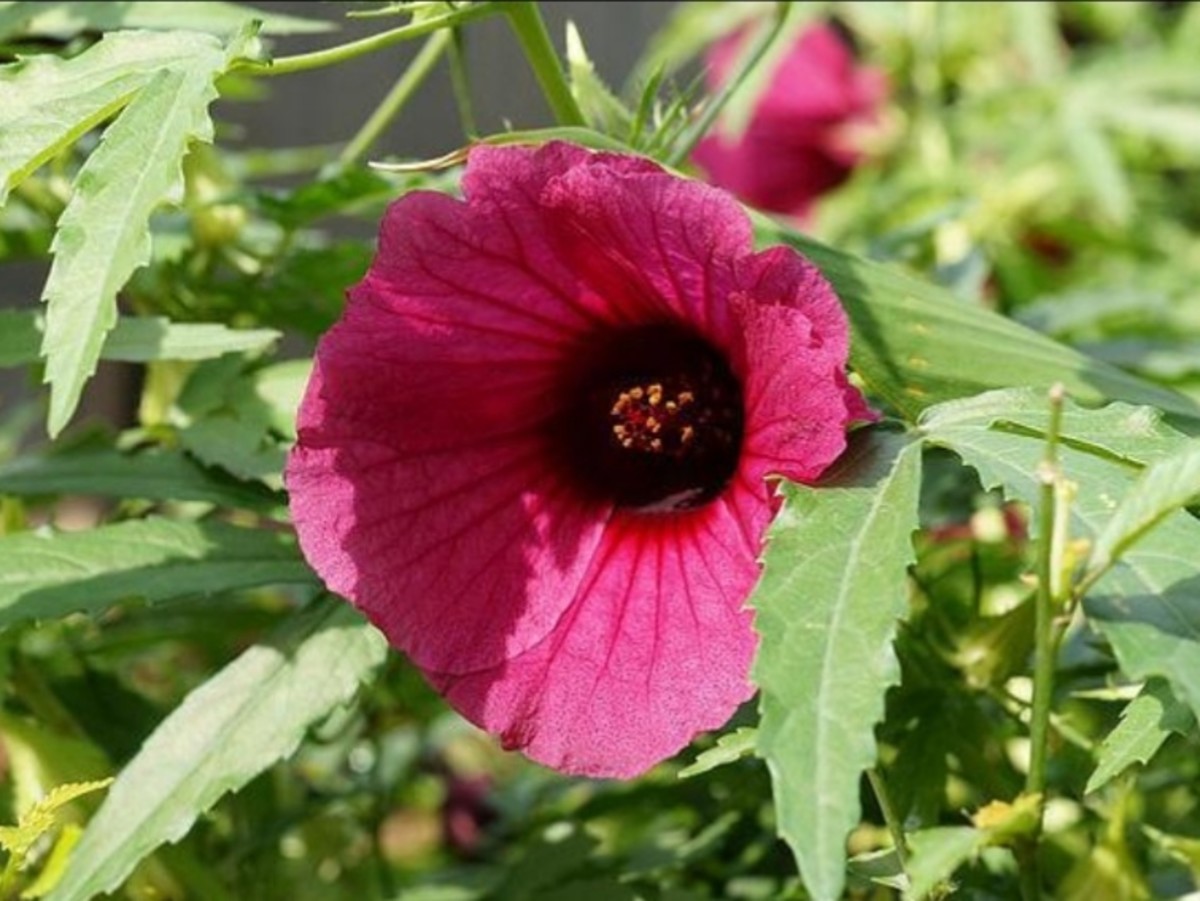Medicinal Plants and Botanical Gardens
Biology-Online (2006) defines medicinal plants as being “plants whose roots, leaves, seeds, bark, or other constituent possess therapeutic, tonic, purgative, or other pharmacologic activity when administered to higher animals”. Thus, they are plants which in some way provide a benefit to higher animals. However it must be considered that while plants can have a medical benefit, they can also be a promoter of disease and disorders (Layman, 2003).
The Roles of Typical Modern Botanical Gardens
According to Jackson (1999), botanical gardens are “institutions holding documented collections of living plants for the purposes of scientific research, conservation, display and education”. However, there are additional roles as well, which should also be mentioned e.g. the need for them to create money and so continue running.
The first of the main objectives is that of conservation (Conservation International, 2012). Botanical gardens attempt to re-establish rare or almost extinct plants through various methods. For example, the National Botanical Garden of Wales or the NBGW (2012) are currently attempting to preserve the plant Cotoneaster integerrimu,s one of the rarest plants in Wales. This is being done because it can help scientists learn more about specie ecology and could help them to learn how to conserve species which may be at risk in the future.
Another main objective is that of research and education. People need to learn about the environement around them to be able to fully apreciate the Earth and be less likely to damage it. They need to understand how the organism of the planet became what they are today and what they could become in the future (Jackson, 1999). Also, scientists need to know all current situation before they make any changes, so people now, and in future generations, are properly aware of what the curent research is. For example we now have new ways of producing foods, such as genetic modification, and we need to test if this is possible and how it would affect the environment (Palladiono, 2002). The NBGW (2012) have particular surveys which they complete to investigate the effect of organic farming. A secondary aim, that is closely bound to research and education, is that of bringing together everyone around the world, so that everyone sees through the same, and scientific, eyes. An exmple of this is that species are named in latin, so that no particluar countries are favoured and so everyone can understand (Purves et al. 2004).
A function which enables the other objectives to occur is that of raising money so that the projects can keep on running. This can happen by, for example: plants of economic significance being planted so that they can be sold, through donation or by displaying attractive or unusual plant to attract visitors in who would pay to view the plants (Jackson, 2012).
The Roles Plants Play and Have Played in Medical Applications
Houghton (1995) says that “Ethnopharmacologic leads have resulted in the introduction of new single molecule drugs but have a greater role to play if crude extracts are accepted for clinical use in the West”. This suggests that the plants which used to be used in traditional medicine are still of use in today’s medical applications, to the extent that, as Botony-Online (2011) states, 60% of the American population use plants in some form to combat disease.
One example of a plant with an important role in medicine in the past and still today is a group of gymnosperms named Ephedra (Layman, 2003).They were previously ground up by Native Americans and then Chinese Herbalists to help people to relax and allow them to breathe. We now know that this treatment worked because the plants contain the bronchodilator ephedrine, which helps to open the airways during an asthma attack. Even now, it is in many cold and asthma aids in pharmacies e.g. ‘Codral Original Cold and Flu Tablets’ (2007). However, we are now aware that in the long term it can cause heart attacks and strokes thus other more safe methods are more commonly used e.g. short-acting beta2-agonists like Proventil the albuterol (BBC, 2012).
On the other hand, it must be remembered how important it is to properly research the traditional methods of plant usage, because they may actually give no effect, or in even worse cases, the opposite of the desired effect. An example of this is Datura metel which is a plant that was frequently used in Chinese medicine as a cure for chronic pain (Kam, 2012). However, it has been found that it contains dangerous levels of tropane alkaloids which are highly poisonous, even in small quantities. Therefore, the role this plant used to play in medicine no longer applies today. Another example is that of Strychnos nux-vomica (Layman, 2003). In the Indian Unani system of medicine it was used to increase blood pressure however we currently are aware that is causes convulsions because it is unsafe for the blood pressure to be increased to that great extent. Therefore, although this medicine has been proved to have been effective in an old application, it is more safe to use an alternative (Kam, 2012).
Even though the research of today can eliminate previous medicinal plants, new properties of plants can be discovered too, which shows how important and ground-breaking plant research is. Sanguinaria Canadensis is a plant that was used by Native Americans to dye the skin and be a tonic for the blood (Purves et al. 2004). Later herbalists used it to treat coughs and stimulate appetite. It is currently incorporated into some toothpaste because it is able to reduce plaque. It may also have potential for the future (Kaplan, 2012); there is research into whether this plant could hold the secret for the cure of some cancer types, which was initiated by Hoxsey (Austin et al. 1994). Therefore, plants have not only had great roles in the past and present of medicine but also in its future too.
Figure 1 Flow Charts of Acutes
Click thumbnail to view full-size
Figure 2 Ilerative structure-Based Drug Design
Click thumbnail to view full-size
The Differences Between Plants Used in Herbal Medicine and for Pharmaceutical Applications
The Medical-Dictionary (2012) defines the use of herbal medicine or herbalism as being the “study and practice of using plants to treat ill-ness and promote health” whilst the word pharmacy is said to be solely concerned with drugs, which themselves are chemical substances that have an effect on the body in some way. Therefore, the main difference between the two is that pharmaceutical applications seem to be more involved with isolating the individual chemical within the plant responsible for any changes on the body whereas herbalism is more concerned with the actual plant as a whole (e.g. figure one).
A similarity between herbalism and pharmaceutical means of medicine is that they both aim to aid people and both do so (Kaplan, 2012). Although people who are more bias towards one of the branches may object to the effectiveness of the other, they have both been successful in their aims and also unsuccessful at some point. This is because medicine is always evolving, due to the fact that disease is always evolving (Pallidino, 2002).
A difference between herbalism and pharmaceutical means is their long term effects and extraneous consequences. Pharmaceuticals may be hard on the body and so can cause harmful side effects and even death e.g. chemotherapy, such as Abraxane, can sometimes damage the body more than the cancer it is trying to cure (Macmillan Cancer Support, 2011). However, herbal medicine in the long term is said to increase immunity and is said to provide other benefits nutritionally (Gladstar, 1994). This is because they are tolerated better by the patients and so have fewer side effects. Nevertheless, it can still be said that herbal medicine can have negative side effects because they are not as accurately monitored. For example, it may be difficult for people to determine which plants are which, so they may poison themselves (Houghton, 1995). Also, allopathic medication comes with dosage instructions when it is an uncertainty with herbalism, so people are at risk of overdosing.
Another difference is at what times they are effective. Allopathic medication is more useful than herbal medicines in emergency situations when there is little time available, e.g. a heart attack, because herbal medicine is not fast-acting and could be used incorrectly by accident, which could cause a life to be lost. Herbal medicines are said to be more effective with chronic conditions, e.g. arthritis is said to be relieved by adding Celery, Rosemary, Turpeth and Alfalfa into the diet (Gladstar, 1994). This is because they work gradually to build up a natural resilience to an issue.
.
A further difference between the medicine types is how they are manufactured. Allopathic medicine is researched, tested, marketed and patented before it is produced. It is much more expensive than herbal medicine because of this extensive testing, as shown by figure two. On the other hand, with herbalism, plants can be picked at no cost and then used raw or processed by easy and cheap means, e.g. boiled in a tea or mixed with another substance like honey (Gladstar, 1994). Thus, herbal medicine is more readily available in poor countries with plentiful vegetation.
Bibliography
Articles
Jackson (2012), The Search for Funding - Strategies for Success, BGCI, Plants for the Future.
Kaplan (2012), Bloodroot: Cancer Cure or Hoax?, The Seniors’ Choice Newsmagazine.
Books
Layman (2003), Biology Demystified, McGraw-Hill Companies.
Pallidino (2002), Plants, Patients and the Historian: (Re)membering in the Age of Genetic Engineering, Manchester University Press.
Gladstar (1994), Herbal Healing for Women: Simple Home Remedies for Women of All Ages, Bantam Books.
Purves et al. (2004), Life the Science of Biology, Seventh Edition.
Mauseth (2008), Botany: an introduction to plant biology, 4th edition, Jones and Bartlett.
Oxford Dictionary of Biology (2008), Sixth Edition, Oxford University Press.
Journals
Houghton (1995), The Role of Plants in Traditional Medicine and Current Therapy, PubMed.
Austin et al. (1994), Long-Term Follow-Up of Cancer Patients Using Contreras, Hoxsey and Gerson Therapies, Journal of Naturopathic Medicine.
Reports
Kam (2012), A Look Back at Old-Time Medicines: Antique Medicines Contained Everything from Arsenic to Opium-and Promised Instant Cures, PubMed.
Websites
Biology-Online (2006), Medicinal Plants, http://www.biology-online.org/dictionary/Plants_medicinal.
Medical-Dictionary (2012), Herbalism, http://medical-dictionary.thefreedictionary.com/herbalism.
Jackson (1999), What is a Botanic Garden, Botanic Gardens Conservation International, http://www.anbg.gov.au/gardens/about/management/what-is-a-botanic-gardens.html.
Conservation International (2012), Africa and Madagascar, http://www.conservation.org/where/africa_madagascar/Pages/overview.aspx.
BBC (2012), Ephedrine, http://www.bbc.co.uk/radio1/advice/factfile_az/ephedrine.
Botony-Online (2011), The Importance of Plants, http://www.botanical-online.com/theimportanceofplants.htm.
Codral Original Cold and Flu Tablets (2007), Consumer Medicine Information, http://www.racgp.org.au/cmi/pcccocft.pdf.
Macmillan Cancer Support (2011), Individual chemotherapy drugs, http://www.macmillan.org.uk/Cancerinformation/Cancertreatment/Treatmenttypes/Chemotherapy/Individualdrugs/Abraxane.aspx.

